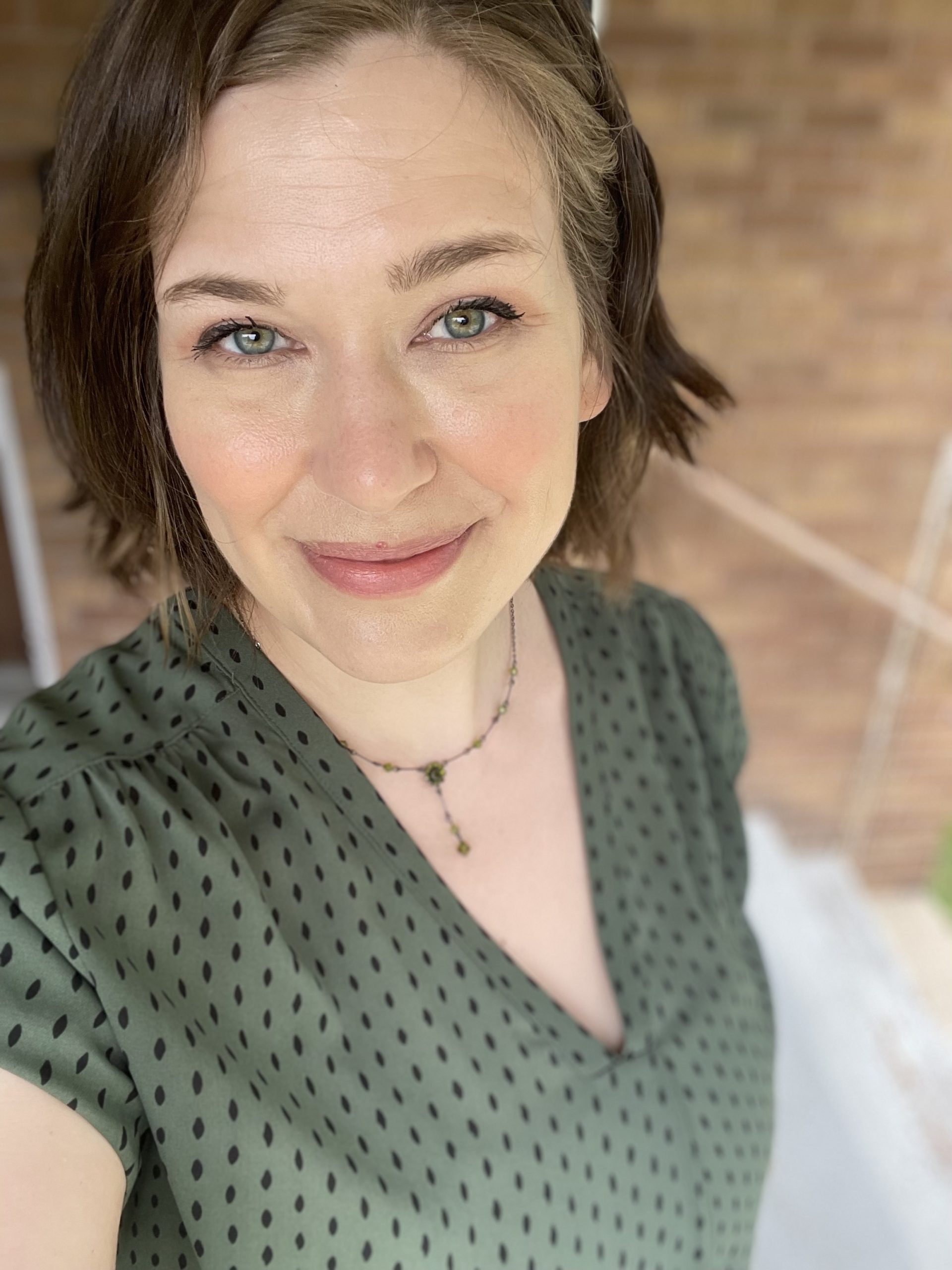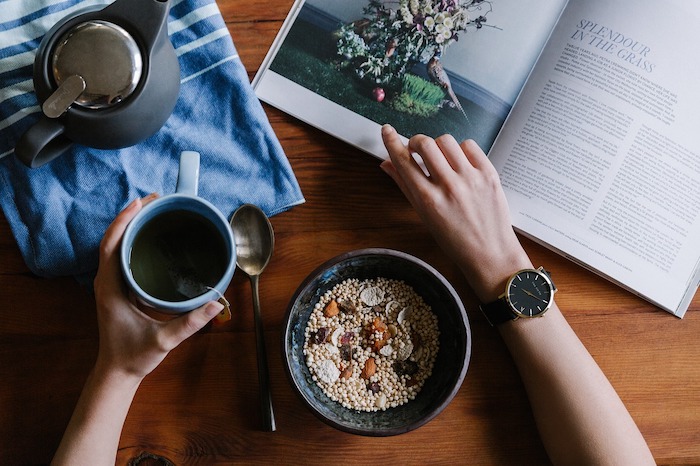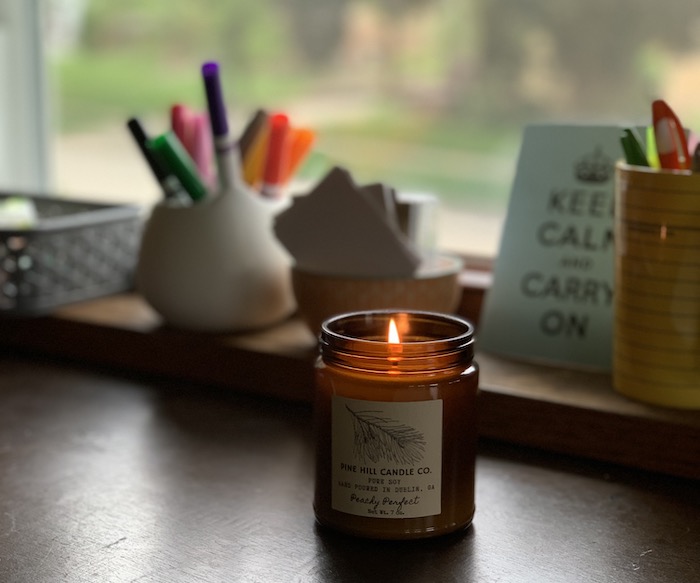
Kara S. Anderson
Connection, Not Perfection
Figuring out this midlife thing through:
- writing
- journaling
- stickers
- paint
- caffeine
- and a lot of cats
Wondering about this weird, wonderful (woeful once in a while) time, after the kids
grow up, and all of a sudden, we can just take naps?
You're in the right, place, Baby.

Here I am in my actual Physical favorite place, though.
My front porch.
I've spent A LOT of time on this porch during the past two years, trying to figure out, ya know, midlife stuff.
Like, what do I want to be when I grow up, and how do you Mom when kids have beards and apartments and what does life even look like when you get diagnosed with ADHD at age 45?
ME: Um ... I'm sorry. It's NOT just anxiety?
Doctor: NOPE!
So, this is Midlfe, huh?
For a while now, I've been on a bit of a sabbatical. A hiatus, you might call it.
I've been working to figure things out.
A lot changed at once here, and it was a little bit bumpy for a minute.
The kids grew up. I had more time.
I wanted to write again, but, also, you know - a girl's got to pay the bills.
So one day I decided to JUST WRITE, and people have been so incredibly kind and supportive.
I feel like Tinkerbell.
My writing dreams are coming true.
Thank you.

Figuring Out Stuff in Your 40s
The road back to writing was a little bumpy, though.
There were a few detours, like becoming a certified substitute teacher but never actually teaching, and accepting a full-time job at a university and then freaking out about my lack of work pants and shoes because I'd been Zooming for so long.
And so, like a middle-age caterpillar,
I climbed into my cocoon, i.e., under a weighted blanket with 1-2 cats, and then I emerged a wobbly little butterfly, but mostly just flew in circles around my porch.
This Is The Cool Part
And then, one random Friday, I went into my Batcave (what I call my office) and I began again.
Did you know there are adult do-overs?
That we can ALWAYS start again?
Kinda great, right?
The Messy Middle Bit
I can see now that for way too long, I was holding myself back because
I didn't want to share the messy middle bit.
It was unpolished and kind of hard, to be honest.
I kept saying it was too raw.
It was cruidté, and I wanted to give you a nourishing vegetable soup.
But here's the thing -
we need to talk about the messy middle bit.

There is So MUCH Beauty in the Mess +
Beauty in the Middle
I didn't see this right away.
I mean, I was hiding under a blanket.
But now I know.
Transitions in Midlife
Now I know that many, many of us in our 40s and 50s face big life transitions.
Maybe, we have kids who grow up.
Maybe, we change jobs or whole careers.
Maybe we get divorced or we get married. (Maybe both.)
Maybe we start caring for an aging parent.
Maybe, we just sweat a lot and finally start telling people what we think.

Let's Get Into It
I am not Al and you are not Sam.
(Quantum Leap Reference - #timely!)
I am actually just like you - just a lady, trying to figure it out.
OK ... maybe I'm like half a step ahead because I'm a little older than you.
And I do know one big thing for sure:
We don't have to go through this stage of life alone.
In fact, the best thing we can do is talk about it.

Hi!
I'm Kara.
I am a writer, podcaster, meditation teacher, and long-time journaler.
I feel like the past few years have been filled with more change than a 1990s car ashtray.
But after a little break, I am back with so many new projects and ideas!
CURRENTLY ...
I love writing to you with the windows open, and a mug of tea close by.
I have about 341 notebooks going, and they are all packed with new ideas for how to help us through this unique and challenging phase of growing up, AGAIN.
I know that right now, things may feel a little overwhelming and also desperately hard. Maybe you feel like everyone else has it figured out ...
They don't, and that's why we need to be honest about messy midlife transitions.
I'm so glad you're here.

Where the beauty is
My favorite place to write is on my Substack, called Where the Beauty Is.
I started it one Friday, on a whim, but after two years of thinking about it, because I've recently realized that overthinking has been getting in my way for a long time.
I'm grateful to each and every one of you who reads, shares and subscribes.
If you choose to subscribe, you get posts sent right to your email, so you don't miss anything.
But no pressure. I love you no matter what.
© 2024, Kara Stephenson Anderson